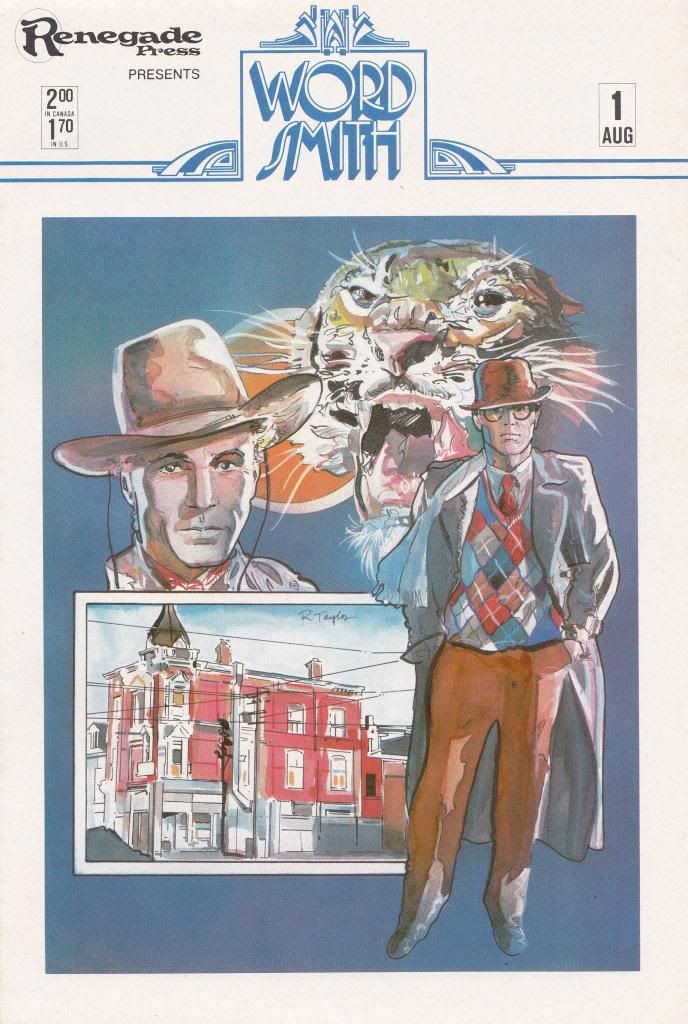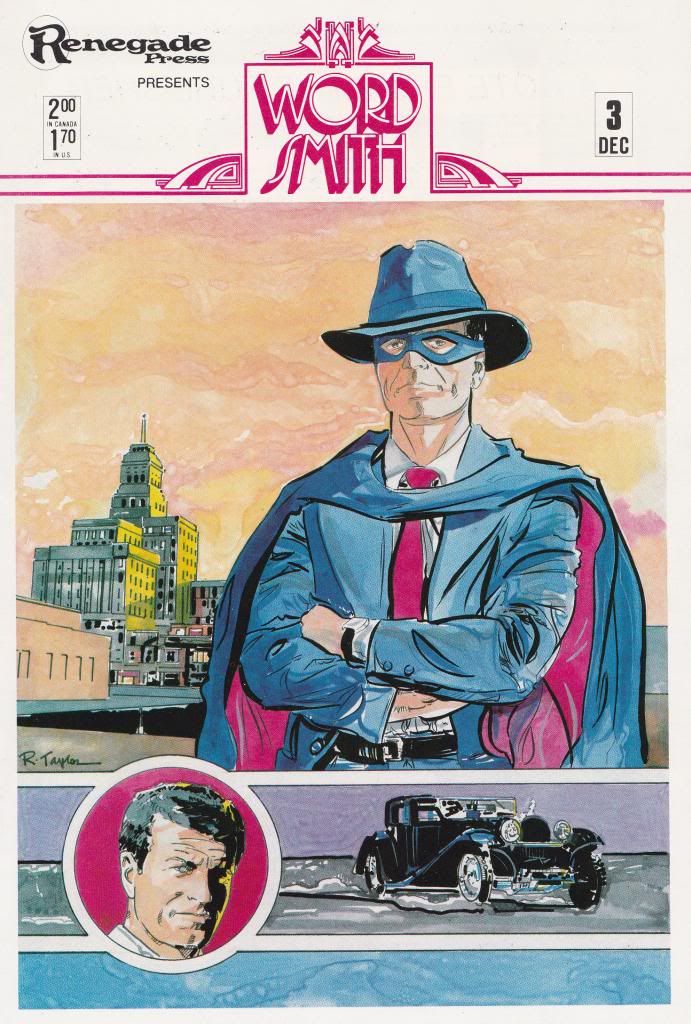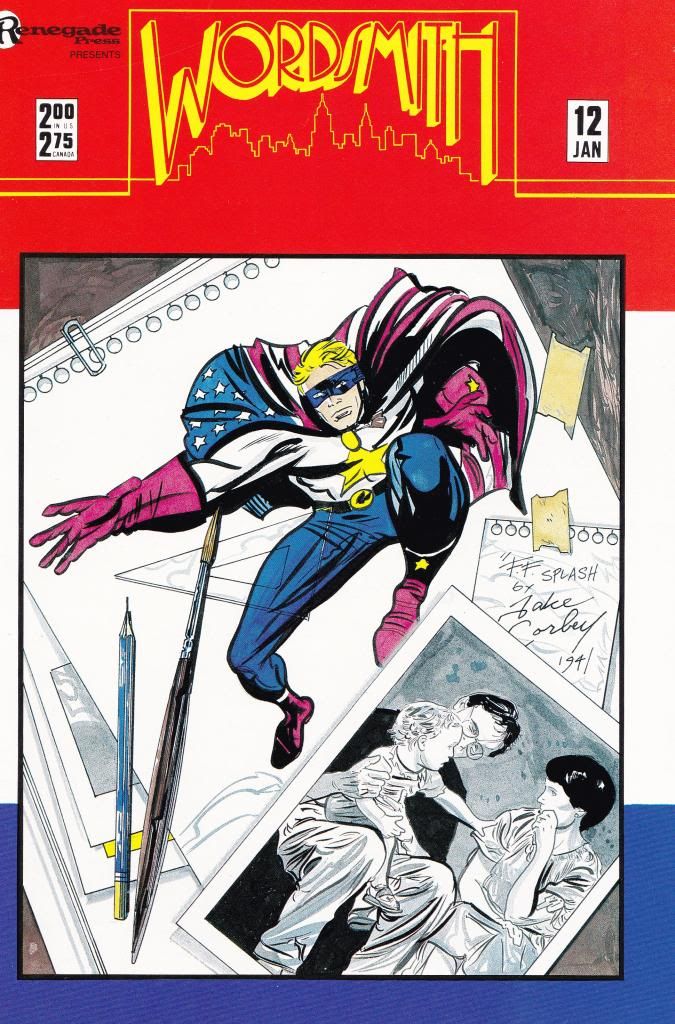It has been just about five months since my last post, and that time has been filled with a great deal of work and various projects that have kept me from devoting a great deal of attention to Argonotes, I am sorry to say – the lapse, however, was not without progress on various fronts. Since October, I have been conducting research for the museum I work for, for a series of exhibits that will inhabit an expansion upon Richmond’s historic Tredegar Iron Works – looking into the nature of the site, as it relates to immigrant history, I have come across a great deal of previously undocumented information (and even begun correspondence with historians in Tredegar, Wales, the namesake of Richmond’s famous landmark). The research will continue on for a bit longer, but it seems as if it is winding down, to some extent, as the time to begin work on the actual exhibits draws nearer. I have written an article, connected to this research – but more on that in the event that it is accepted by the journal to which I submitted it.
On the pulp and comics front, I wrote
the introduction to Altus Press’ The
Complete Adventures of Hazard and Partridge, a collection of works by
Robert James Pearsall, which appeared in Adventure
from 1919-1920, and were of the yellow peril variety – the book, edited by
Altus’ Matthew Moring, is expected to debut at Pulpfest 2013, this July. Not only was I able to provide biographical information about Pearsall himself, but quite a bit more; the first thing I noticed when reading Pearsall's stories was that he was mentioning individuals and events that, while perhaps embellished for narrative's sake, were based, on one degree or another, in China's historical record. With this, I was able to go a bit further and give a breif history of some of these namesakes, and offer possible explanations as to how he would have come across them, and why they left an impression strong enough to the point that he would return to them when writing Hazard and Partridge.
I also wrote a few more entries for the Pulp Magazine Project’s website, and the upcoming Comics Through Time, an encyclopedia of the history of graphic arts edited by Dr. Keith M. Booker of the University of Arkansas, expected in early 2014 from Greenwood Press/ABC-CLIO. I have some projects I hope to begin work on soon, but for a little bit, I will probably take something of a break, and try to devote some time here.
 I am very happy with the response my book, Anti-Foreign Imagery in American Pulps and Comic Books, 1920-1960 has received thus far; I'm honored it has appeared at so many libraries, and booksellers, in such a few months. My sincerest thanks to all who have picked it up, or at the very least have shown an interest in it, and its subject matter.
I am very happy with the response my book, Anti-Foreign Imagery in American Pulps and Comic Books, 1920-1960 has received thus far; I'm honored it has appeared at so many libraries, and booksellers, in such a few months. My sincerest thanks to all who have picked it up, or at the very least have shown an interest in it, and its subject matter.
I also wrote a few more entries for the Pulp Magazine Project’s website, and the upcoming Comics Through Time, an encyclopedia of the history of graphic arts edited by Dr. Keith M. Booker of the University of Arkansas, expected in early 2014 from Greenwood Press/ABC-CLIO. I have some projects I hope to begin work on soon, but for a little bit, I will probably take something of a break, and try to devote some time here.
 I am very happy with the response my book, Anti-Foreign Imagery in American Pulps and Comic Books, 1920-1960 has received thus far; I'm honored it has appeared at so many libraries, and booksellers, in such a few months. My sincerest thanks to all who have picked it up, or at the very least have shown an interest in it, and its subject matter.
I am very happy with the response my book, Anti-Foreign Imagery in American Pulps and Comic Books, 1920-1960 has received thus far; I'm honored it has appeared at so many libraries, and booksellers, in such a few months. My sincerest thanks to all who have picked it up, or at the very least have shown an interest in it, and its subject matter.
For
my first post back in quite a while, I wanted to make mention of a comic series
I recently came across that has quite a bit to offer pulp readers.
Wordsmith was a series published by Renegade Press in 1986.
Founded in 1984, Renegade Press was an independent comics publisher formed by
Deni Loubert following her divorce from Dave Sim, with whom she had founded
Aardvark –Vanaheim in the late 70s; Renegade published several notable,
alternative titles, including Flaming
Carrot Comics and Ms. Tree,
before closing in 1988.[1]
Written
by David Darrigo and illustrated by R. G Taylor, Wordsmith chronicles the life and career of fictitious pulp
author Clayton “Clay” Washburn. Living and writing in the late 1930s, Clay, in
his attempts to break into “the Big Leagues” and have one of his stories appear in Black Mask, comes across a myriad of what, we would today, recognize as classic pulp references, both directly and indirectly, that can prove both
informative for those perhaps new to the pulps, but will also produce a chuckle
or smile from those “in the know.” Clay’s narrative interweaves with that of
his characters, who pastiches of The Shadow, Doc Savage, and others; nearly an entire issue
is dedicated to Clay’s indecision concerning how best to conclude the latest episode featuring "Hunter Hawke," Clay's version of pulp battle ace, G-8. Wordsmith’s
supporting cast is as colorful as the characters he writes for the pulps: a
painter, dreaming of world-renown, producing pulp covers to pay his rent; a
poet, and rambling agitator for the Communist Party; a former pulp writer, who
long ago “graduated” to the ranks of successful mystery writer, in the mode of
Dashiell Hammett, and others. Clay's daily interactions often, in one way or another, inspire his writing, whether in the form of a new character, or in extricating himself from a corner he inadvertently had written himself into.
 The
series is wonderfully illustrated; Taylor’s style is extremely detailed and, in some ways is capable of conveying the character’s emotions, even if Darrigo’s
dialogue happened to be absent. Most issues are stand-alone stories, while some themes carry
over between several installments. What one might expect to be the musings and thoughts of a pulp writer in Depression-era America appear throughout Clay’s experiences. Clay worries about his
parents’ opinion of him, and their disapproval of his writing for “those
magazines;” he’s beset with anxiety over his inability to be the next Faulkner
or Hemingway, to find the time between assignments to produce that next, great
American novel. Clay often complains about the meager earnings being a pulp "wordsmith" brings him, but at the same time he recognizes that the Depression has affected others in worse ways, and attempts to alleviate their suffering, as best he can.
The
series is wonderfully illustrated; Taylor’s style is extremely detailed and, in some ways is capable of conveying the character’s emotions, even if Darrigo’s
dialogue happened to be absent. Most issues are stand-alone stories, while some themes carry
over between several installments. What one might expect to be the musings and thoughts of a pulp writer in Depression-era America appear throughout Clay’s experiences. Clay worries about his
parents’ opinion of him, and their disapproval of his writing for “those
magazines;” he’s beset with anxiety over his inability to be the next Faulkner
or Hemingway, to find the time between assignments to produce that next, great
American novel. Clay often complains about the meager earnings being a pulp "wordsmith" brings him, but at the same time he recognizes that the Depression has affected others in worse ways, and attempts to alleviate their suffering, as best he can.
Aside
from Clay’s exploits, Wordsmith also
provides the reader with a great deal of history regarding the pulp magazines,
and their creators - the personal fondness Darrigo has for the pulps is quite apparent, and his effort to incorporate the medium's history in such a way is a testimony to that. The first issue features “Long Live the Pulps! – A
Mini-Primer” by Darrigo himself, providing a brief history of the pulps, and their legacy.
Subsequent issues feature regular installments of “The Pulp File,” by Don
Hutchison, providing everything from interviews with pulp writers and artists
of bygone days, to histories of particular magazines, such as the excellent report
on The Shadow in issue no. 4.
Following
its completion, the series was later compiled in two trade paperback
collections, containing the first six, and second six issues, respectively.
In upcoming posts, I hope to provide some covers scans to some recently-acquired Argosy's from the mid-1890s, as well as, to coincide with the release of The Complete Adventures of Hazard and Partridge, a look at some of the actual people and events upon which Pearsall based his writings.
In upcoming posts, I hope to provide some covers scans to some recently-acquired Argosy's from the mid-1890s, as well as, to coincide with the release of The Complete Adventures of Hazard and Partridge, a look at some of the actual people and events upon which Pearsall based his writings.

